Gaming and Synthetic Benchmarks
Gaming Benchmarks
For gaming benchmarks, I chose 4 games, and mostly new titles. Games were tested with an EVGA GTX 1080 SC. I tested the new Assassins Creed Origins, Shadow of War, the sequel to Shadow of Mordor and the first chapter of Hitman. However, on the IGPU, Hitman was replaced with Rise of the Tomb Raider. Each of them was tested in 1080p, 1440p and 4k. For testing the integrated graphics, games were tested in 1280 x 720p on the games lowest possible settings. All games were played at their max settings. They were left at their stock settings. Each benchmark run was timed at 120 seconds, ran three times each, then averaged out to get the results.
Assassins Creed Origins is the newest game in my suite, having been released at the end of October 2017. The game is set in ancient Egypt. Ubisoft built a gorgeous open world that’s fun to explore. The game looks amazing. With so much detail, it’s no wonder the game puts a serious strain on your GPU. Shadow of War is the sequel to the very successful, Shadow of Mordor. Taking place in the Lord of the Rings universe, Monolith Productions did an amazing job creating the world of Middle Earth in both games. Shadow of war is beautiful, and one of the best-optimized games I’ve ever played. Hitman is the latest in the series and one of the first DX12 games. It’s a beautiful game and well optimized. Rise of The Tomb Raider is the sequel to the very successful series reboot from 2014. Like the 2014 reboot, the sequel is gorgeous and one of the best-optimized games in recent years. Both the graphics and gameplay are great. This game runs well on even older, lower powered GPUs. Even my old laptop with a Quadro K2000M can run this game at 60 FPS, even if at lower settings.
The results for the 8600k in gaming were great. Slightly better than expected. Years of decent gaming results with i5 processors gives you a certain set of expectations. When these expectations are exceeded, its always a good thing. In 1080p, our GTX 1080 SC from EVGA, paired with the 8600k did great. The worst of the games being Assassins Creed Origins, averaging 73 FPS on max settings. Next was Hitman with 90 FPS and the best was Shadow of War at 102 FPS. The 1440p results were similar with AC Origins again being the lowest average with 64 FPS. Next was Shadow of War with 70 fps. Hitman was the best in 1440p, averaging 84 FPS. All games were tested at max settings in 12440p as well.
The 4K results were all below 60 FPS. However, all were above 30, and still very playable. The games were still tested at max settings in 4k. So, lowering the settings will greatly increase your average FPS. Oddly, Shadow of War averaged the lowest with 39 FPS. Next was AC Origins with 40 and finally, Hitman did the best by far, with an average of 58 FPS, maxed out in 4k.
Now we get into the UHD 630 integrated graphics on the 8600k. As expected, they didn’t do the best. We tested Shadow of War, AC Origins, and Rise of the Tomb Raider. I swapped out Hitman for Rise of the Tomb Raider due to the fact I’ve had luck with it on lower powered systems in the past. The game is very well optimized. Games were tested on the lowest settings possible at 1280 x 720. AC Origins was a joke and averaged 13 fps. Next was Rise of the Tomb Raider with an average of 23 fps. Last we had Shadow of War which was almost playable with an average of 28 FPS. Now, that’s not to say no games will run on the IGPU. Games like Shovel Knight and Rocket League would run fine on integrated graphics.
Synthetic Benchmarks
For synthetic benchmarks, I ran three of the 3DMARK applications. These were Firestrike, Time Spy, and Skydiver, for the IGPU testing. I also tested Unigine Heaven Benchmark. Firestrike and Time Spy were tested with the CPU and GPU at stock and overclocked
3DMARK
3DMark is a computer benchmarking tool created and developed by Futuremark used to determine the performance of a computer’s 3D graphics rendering and CPU workload processing capabilities. It does this through a series of graphics and physics and or CPU tests. I used 3DMarks most popular benchmark, Firestrike as well as their newest DX12 benchmark, Time Spy to test the EVGA GTX 1080 SC. I also used Skydiver to test the integrated graphics. The card was tested at both stock and overclocked to +125 on the core and +250 on the memory, using MSI Afterburner. Skydiver was run with the IGPU at its stock settings.
I was very impressed with the 3DMARK results with the 1080 SC and the 8600k. In fact, when compared to older test results, the 8600k, paired with the GTX 1080, beat out the 5820k, 6700k, 7700k and 1800x, all paired with a GTX 1080 and at stock speeds. To see those results, click the link below.
https://www.3dmark.com/compare/fs/15156881/fs/11987786/fs/11876862/fs/10663518/fs/9420225
At both CPU and GPU stock speeds, the Firestrike score was 19338 and Time Spy was 7335. Overclocked, Firestrike hit 19921 and Time Spy hit 7637. Skydiver did about as expected, hitting 5234, just below the 8700k at 5574.
Unigine Heaven
The Heaven Benchmark is a DirectX 11 benchmark designed to stress your GPU under heavy loads. The Heaven Benchmark can be used to determine the stability of a GPU under extremely stressful conditions. I ran the heaven benchmark with the EVGA GTX 1080 SC on a custom Preset, Ultra Quality, Extreme Tessellation, AA X8, in 2560 x 1440p and 1920 x 1080, using the DX 11 API. Our EVGA GTX 1080 SC received an overall score of 1713 with an average FPS of 68, a minimum of 5.1 and a maximum of 151.3 on 2560 x 1440. On 1920 x 1080, our EVGA GTX 1080 SC received an overall score of 2938 with an average FPS of 116.6 a minimum of 5.7 and a maximum if 258.7.
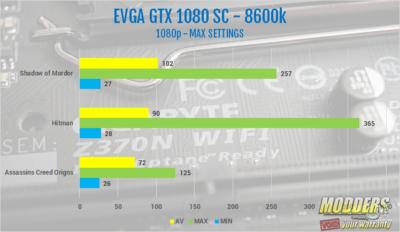
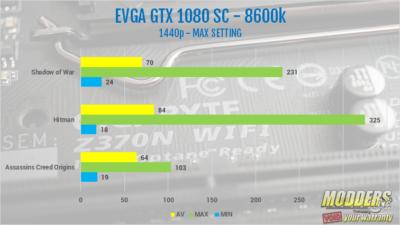
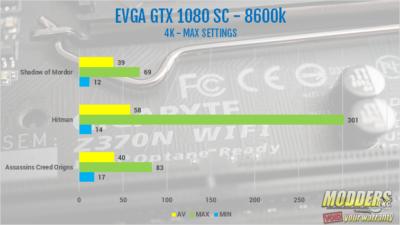


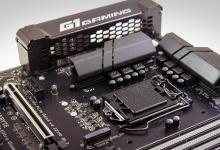
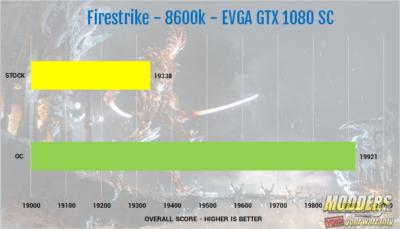
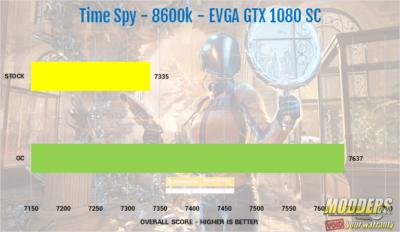
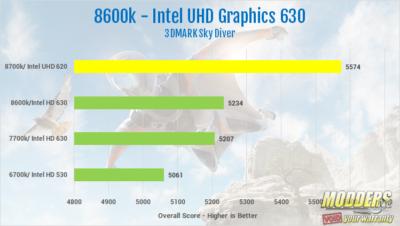
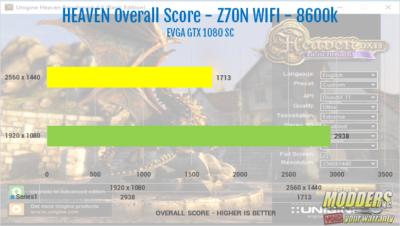
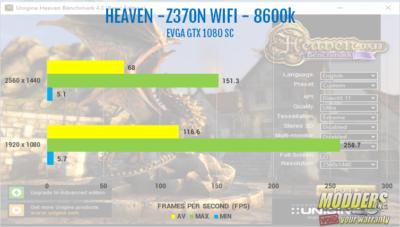
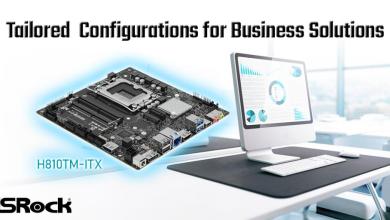
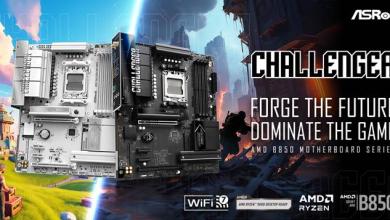
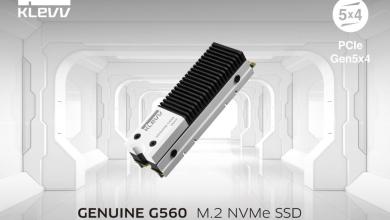
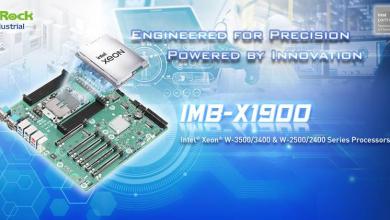
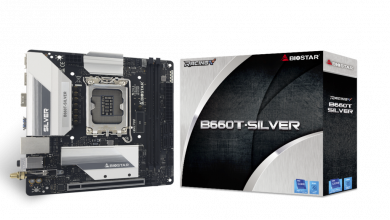
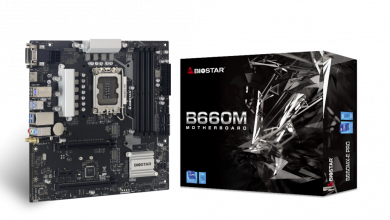

Am I able to remove the WIreless AC card from this Gigabyte Z370n Wifi board to replace it with another module I’d like to upgrade to?
Tyler, yes you can. look at near the bottom of page 3. It shows it in the pictures. Also, thank you for reading our review.